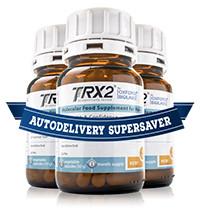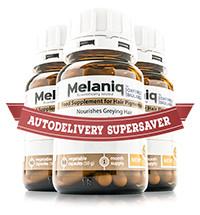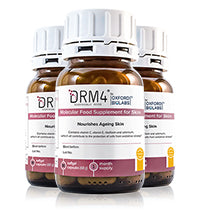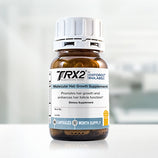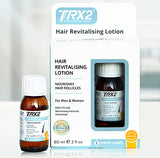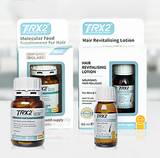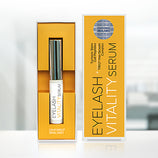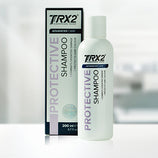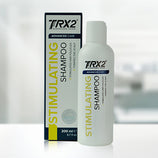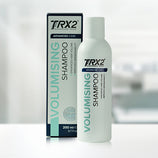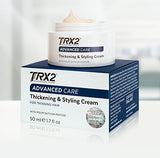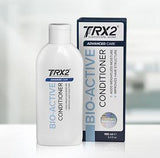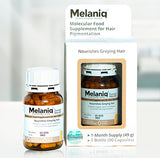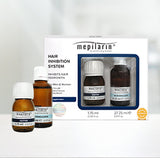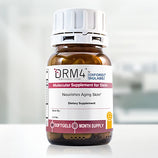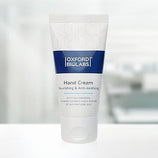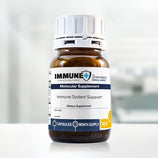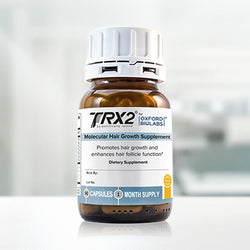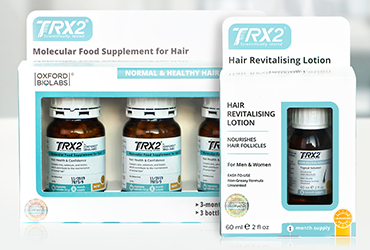What are the benefits of Vitamin E on skin and hair?
- Vitamin E is a potent anti-oxidant that synergises best with Vitamins A, C, D, and the B-Vitamin complex
If you ask someone what Vitamin is the most well-known, there’s a good chance they will name Vitamin C or D first. Whilst in the regular world, these answers are completely normal, in the world of beauty and cosmetics, Vitamin E is a definite standout. Included in lotions, creams, topicals and shampoos, it has been used by dermatologists for over 50 years.
Vitamin E for skin, hair, and overall health acts as an anti-oxidant, neutralising dangerous free radicals that can harm the body. In addition, Vitamin E has also been shown to absorb ultraviolet (UV) radiation. Thus, it plays a key role in preventing sun-damage and related premature aging processes. Let’s get to know the cornerstone of dermatology a little better.
What is Vitamin E?
Vitamin E is a fat-soluble Vitamin made up of different fractions. As a strong anti-oxidant, Vitamin E protects cells from free radical damage. Vitamin E supports proper immune response and function, improves blood flow, and has an overall positive effect on the cardiovascular system. Synergistically, Vitamin E works best with Vitamin K. Together they are active in the production of red blood cells, and at the same time prevent blood from clotting within blood vessels.
Which foods contain Vitamin E?
|
Food |
Milligrams (mg) per serving |
Percent DV* |
|
Wheat germ oil, 1 tablespoon |
20.3 |
100 |
|
Sunflower seeds, dry roasted, 1 ounce |
7.4 |
37 |
|
Almonds, dry roasted, 1 ounce |
6.8 |
34 |
|
Sunflower oil, 1 tablespoon |
5.6 |
28 |
|
Safflower oil, 1 tablespoon |
4.6 |
25 |
|
Hazelnuts, dry roasted, 1 ounce |
4.3 |
22 |
|
Peanut butter, 2 tablespoons |
2.9 |
15 |
|
Peanuts, dry roasted, 1 ounce |
2.2 |
11 |
|
Corn oil, 1 tablespoon |
1.9 |
10 |
|
Spinach, boiled, ½ cup |
1.9 |
10 |
|
Broccoli, chopped, boiled, ½ cup |
1.2 |
6 |
|
Soybean oil, 1 tablespoon |
1.1 |
6 |
|
Kiwifruit, 1 medium |
1.1 |
6 |
|
Mango, sliced, ½ cup |
0.7 |
4 |
|
Tomato, raw, 1 medium |
0.7 |
4 |
|
Spinach, raw, 1 cup |
0.6 |
3 |
*The % Daily Value (DV) is based on a 2,000 calorie diet.
Source: Office of Dietary Supplements, National Institutes of Health, USA
How much Vitamin E should I take?
The daily recommendations for Vitamin E are as follows:
- 15 mg for men, women (including pregnant women)
- 19 mg for lactating women
Vitamin E deficiency
In the developed world, deficiency is rare. Unfortunately, developing countries are still suffering from access to proper medical care and nutrition, so Vitamin E deficiency in these parts of the world is more common. Lack of Vitamin E is most often associated with underlying medical conditions (diseases of the digestive tract), genetic disorders, low birth weight, and not enough Vitamin E intake.
Low levels of Vitamin E can lead to conditions such as:
- Neuromuscular problems - such as ataxia (rare cases) and myopathies
- Neurological problems - abnormal reflexes, loss of the ability to sense vibration and detect where body parts are in three dimensional space
- Hemolytic anemia - due to oxidative damage to red blood cells
- Retinopathy
- Impairment of the immune response
What does Vitamin E do for skin?
Vitamin E is the primary fat-soluble anti-oxidant found in human skin (via sebum), membranes, plasma, and tissues that protects cells from oxidative stress. Vitamin E is used in various creams ranging from basic hand creams to creams formulated to treat burns and prevent scarring. As a supplement for improving the condition of skin, it does not work best alone. To get the full effect of any vitamin or mineral, it is important to take a complex.
Vitamin E (especially alpha-tocopherol) absorbs extremely well into the skin. In over-the-counter topicals, it is generally used in 1%-5% concentrations. Vitamin E can be used for skin care as well as treating skin conditions.
Although anecdotal or insufficient evidence exists for Vitamin E’s use for skin problems like atopic dermatitis (a recent study demonstrated improvement symptoms quality of life), Vitamin E is more like a superhero that fights crime at its core.
Vitamin E and skin aging
Vitamin E stands guard at the outermost layers of the skin, and absorbs some wavelengths of UV light. With age, the concentration of Vitamin E declines, which is why we see more signs of sun damage like wrinkles and dryness. Together with Vitamin C, these two powerful anti-oxidants form a strong barrier in preventing damage to cells, and cell death caused by oxidative stress.
Anti-inflammatory effects of Vitamin E
Even if one forgets to take their favourite supplement or apply a sunblock, Vitamin E saves the day again because it reduces signs of inflammation like redness, swelling, and pain. Studies indicate that Vitamin E also prevents inflammation that leads to atherosclerosis (disease that causes a build-up of plaque) and other illnesses associated with chronic inflammation.
How Vitamin E helps wound healing
Taking Vitamin E in vitro can restore the synthesis of collagen destroyed by the damage caused to fibroblasts (a type of cell that synthesises collagen, and plays a critical role in wound healing). A double team is achieved here as well with Vitamin C, which is known as an important component in collagen synthesis. Evidence for treating or managing scars and stretch marks is lacking, but some fairly large studies have highlighted that topical Vitamin E preparations lightened scars and overall improved their healing time.
Vitamin E and hair growth
The main benefits of Vitamin E on hair growth and beauty are ingrained in its potent anti-oxidant properties. Oxidative stress causes and worsens hair loss and thinning. Along with other external factors, like pollution, harsh chemicals in styling products, and lifestyle choices, oxidative stress rips the lifeblood out of hair follicles, effectively robbing them of nutrients. Free radical damage that leads to oxidative stress has been shown in multiple studies to cause hair greying and hair loss.
A study evaluating the effects of Vitamin E on hair growth found that over an eight month period, there was a 34.5% increase in the number of hairs compared to the placebo group.
Conclusion
The word Vitamin is derived from the Latin word vita meaning life and amine, referring to amino acids, because it was previously thought that Vitamins contained an amino acid. All vitamins and minerals are life-giving and life-sustaining essential nutrients. Vitamin E synergistically increases the effects of other nutrients, so having an all-in-one supplement is ideal to preserving beautiful, glowing skin. To answer the question, “Is Vitamin E good for your skin?” we can safely and confidently respond with a resounding YES.
